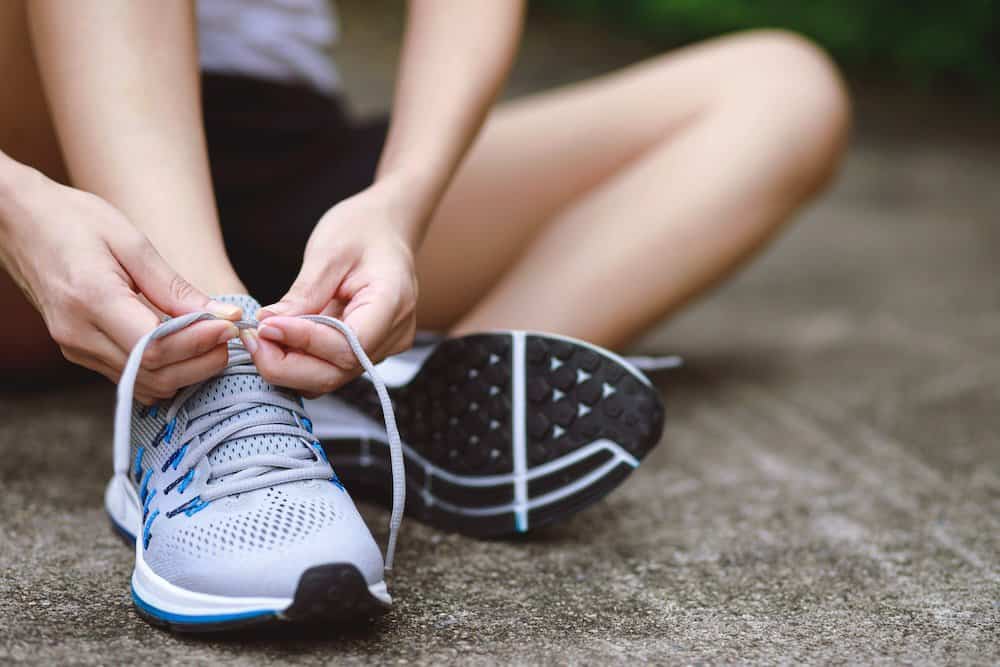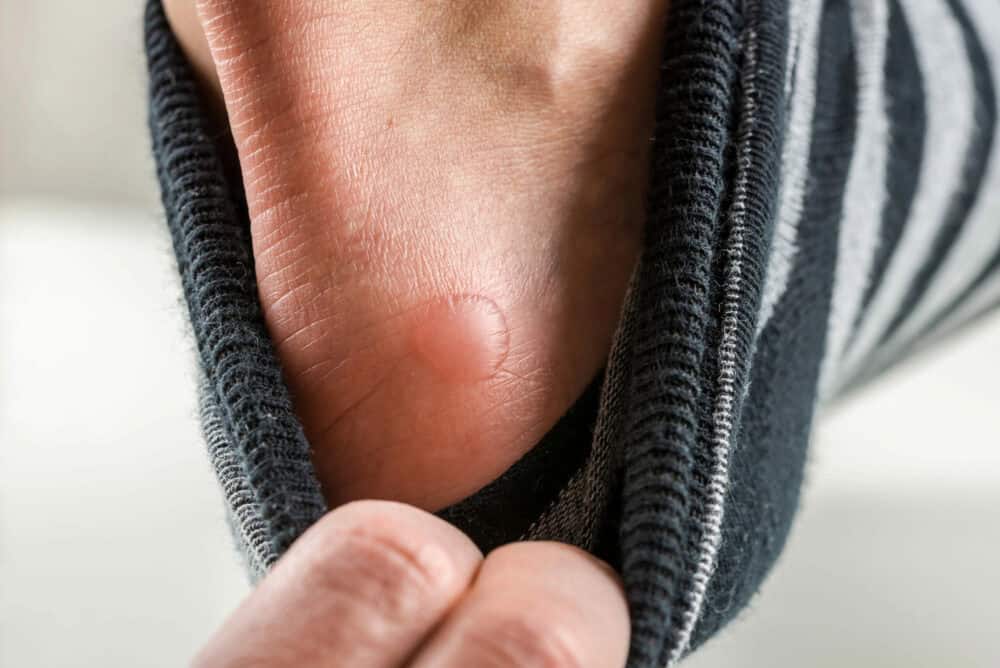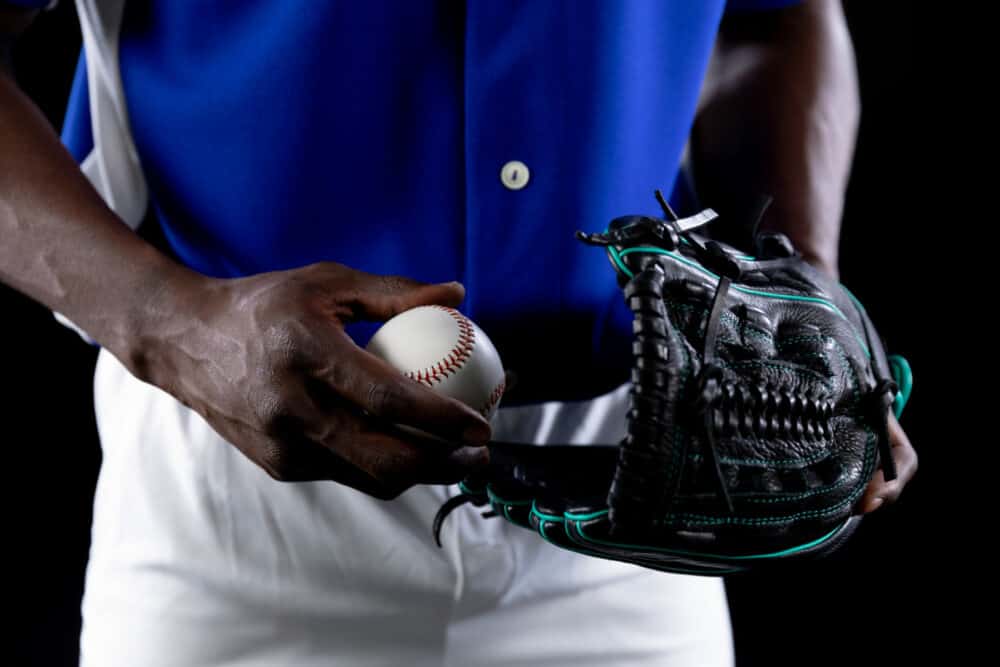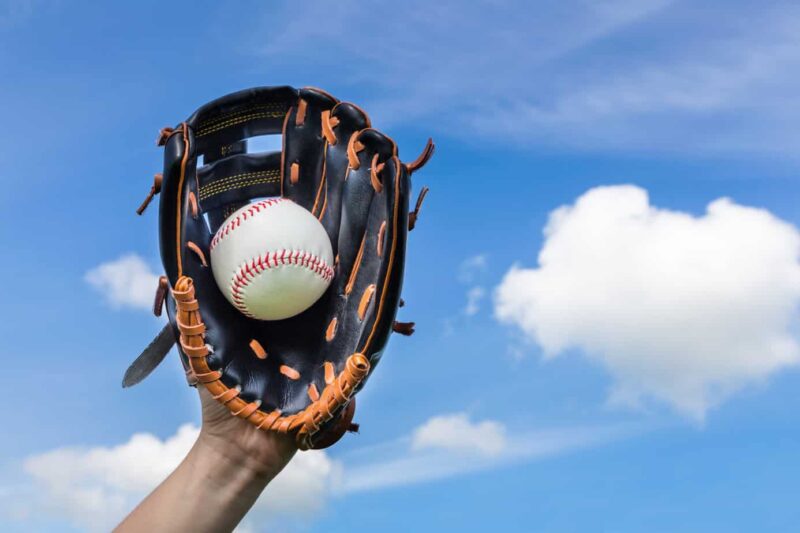Hey there! Ready to start running? That’s fantastic—welcome to the club! But let’s talk about a key part of your new journey that often gets overlooked: choosing the right running shoes.
Believe it or not, this one decision can be the difference between a painful sprint and a comfortable jog. So, grab a coffee, and let’s chat about how to set yourself up for success right from the start.
Here are some of the most common mistakes beginners make with running shoes, and trust me, avoiding them will make all the difference.
1. Thinking Style Over Substance: The Real Deal on Running Shoes
First things first: running shoes are more than just an accessory or a stylish addition to your workout outfit. They’re an investment in your health and well-being.
A good running shoe doesn’t just look nice; it’s built to offer essential support, stability, and shock absorption that cater to your foot’s shape and your specific running style.
Many runners, especially beginners, tend to choose shoes based on appearance or popular brands. While it’s understandable to want something that looks good, functionality should come first.
Not all shoes are created equal, and choosing one based on looks or brand alone can lead to discomfort, pain, and even injury.
Remember, the best running shoes for you are those that feel like an extension of your feet, providing comfort and stability right from the start.

2. Misjudging Price for Quality: Why Expensive Doesn’t Always Mean Better
It’s a common myth that spending more money will get you the perfect running shoe.
While high-quality shoes do tend to come at a higher price, it doesn’t mean you need to break the bank to find a pair that works well for you.
Some beginners assume that more expensive shoes automatically provide more support or better cushioning, but that’s not always the case.
In reality, what matters most is how the shoe fits your feet and matches your needs.
A well-fitted, comfortable pair that supports your foot type is worth far more than a pricier model that doesn’t suit you. So, when shopping, don’t let price tags or fancy logos sway you.
Look for a shoe that meets your needs—your feet (and your wallet) will thank you later!
3. Ignoring Your Unique Foot Type: One Size Does Not Fit All
Did you know that your foot type and arch shape play a huge role in choosing the right running shoes?
Many beginners aren’t aware that feet come in various shapes and arch types, which can affect running performance and comfort.
There are shoes designed specifically for different arch types (like high, medium, or low arches) and various foot widths.
The best way to get an accurate read on your foot type is to visit a running specialty store where staff can assess your feet.
Some stores even offer gait analysis, which examines how your foot hits the ground.
This can help you find shoes with the right amount of arch support and cushioning, preventing future pain and discomfort.
4. The Fit Dilemma: How Incorrect Sizing Can Lead to Pain and Injury
Getting the right size might sound simple, but it’s crucial. Running shoes don’t always fit the same way your regular shoes do, and sizing can vary significantly between brands.
Running in shoes that are too small can lead to painful blisters, bruised toenails, and even more serious issues like nerve damage.
On the flip side, shoes that are too large might cause your feet to slide, leading to blisters, instability, and a higher risk of twisting an ankle.
One rule of thumb is to make sure there’s about a thumb’s width of space between your longest toe and the front of the shoe.
This allows for any foot swelling that might occur during your run, especially if you’re running longer distances.
Additionally, consider trying on shoes in the afternoon or evening when your feet are slightly more swollen, which will give you a more accurate fit.
5. Falling for the ‘Break-In’ Myth: Why Comfort Should Be Immediate
If someone has ever told you that you need to ‘break in’ running shoes, let’s clear that up right now: running shoes should feel comfortable from the moment you put them on.
Unlike leather shoes or other types of footwear, running shoes are made from flexible, cushioned materials designed to fit comfortably right away.
If a pair feels uncomfortable in the store, they’re not going to magically transform after a few miles.
Choosing shoes that feel snug, supportive, and comfortable right out of the box is essential. Running in shoes that don’t feel right from the start can lead to foot pain, blisters, and even injuries.
So, if you find a pair that doesn’t feel perfect, don’t hesitate to try a different size, style, or brand until you find your perfect match.

6. Overlooking the Right Socks: Small Details, Big Impact
It’s easy to forget about socks, but they’re an essential part of your running shoe setup. Thick, cushioned socks provide added comfort but might require a bit more room in your shoes.
Thin, moisture-wicking socks can help keep your feet cool but may not offer as much padding. When trying on running shoes, wear the socks you plan to run in to make sure the fit is accurate.
Certain materials, like wool blends or synthetic moisture-wicking fabrics, can help prevent blisters and keep your feet comfortable during longer runs.
Experiment with different types until you find a pair that works for you, as socks can make a surprising difference in how your shoes feel.
7. Not Knowing When to Retire Your Running Shoes: Timing Is Everything
Running shoes aren’t meant to last forever. Most experts recommend replacing your shoes every 300 to 500 miles, depending on your running style, body weight, and the type of shoe.
Over time, even the best shoes lose their cushioning and support, leading to increased risk of injury as they wear down.
If you start feeling unusual aches and pains, particularly in your knees, shins, or feet, it might be time for a new pair.
Other signs that your shoes are past their prime include worn-out treads, uneven wear patterns, or the shoe simply feeling flat and unsupportive.
Don’t hesitate to replace them when the time comes—your joints will thank you!
And for the environmentally conscious, many stores offer recycling programs where you can drop off your old shoes, or you can donate them to give them a second life.
8. Using the Same Shoes for Every Type of Run: Tailor Your Footwear to the Activity
As you progress in your running journey, you may find that different types of runs call for different types of shoes.
For example, trail running shoes offer better grip and protection for rough, uneven terrain, while lighter, more flexible shoes are ideal for short-distance races on smooth surfaces.
It might seem like a luxury, but if you’re serious about running, investing in a couple of pairs tailored to different conditions and run types can make a big difference.
Each shoe will last longer since you’re rotating between pairs, and your feet will get the specific support they need for each run.

9. Forgetting About Proper Lacing Techniques: Small Adjustments for Big Comfort
Believe it or not, how you lace your shoes can impact your comfort and prevent injuries.
Certain lacing techniques can help prevent heel slippage, reduce pressure on the top of your foot, and even give a little extra room to the toes.
If you find that your feet slide forward in your shoes or feel pressure points, experiment with different lacing patterns.
For instance, the “heel lock” technique can keep your heel securely in place, which is great for downhill runs. Simple tweaks to your laces can make a world of difference in comfort and fit.
Wrapping Up: Happy Feet, Happy Running
Choosing the right running shoes might take a little time and effort, but it’s well worth it.
By avoiding these common beginner mistakes, you’ll be setting yourself up for a comfortable and enjoyable running experience.
Remember, your shoes should feel like a supportive partner on every run, protecting your feet and keeping you injury-free. Here’s to happy running (and even happier feet)!
People also ask:
1. Why is proper sizing important for running shoes?
Proper sizing ensures comfort and prevents blisters, black toenails, or foot pain. Feet swell during runs, so shoes should have about a thumb’s width of space at the front.
2. Should I buy running shoes online as a beginner?
It’s best to try shoes in-store first to ensure proper fit and comfort. If buying online, stick to known, trusted models.
3. How do running surfaces affect shoe choice?
Trail running requires shoes with rugged soles for grip and durability, while road running shoes focus on cushioning and flexibility. Using the wrong shoe type can reduce performance and increase injury risk.













